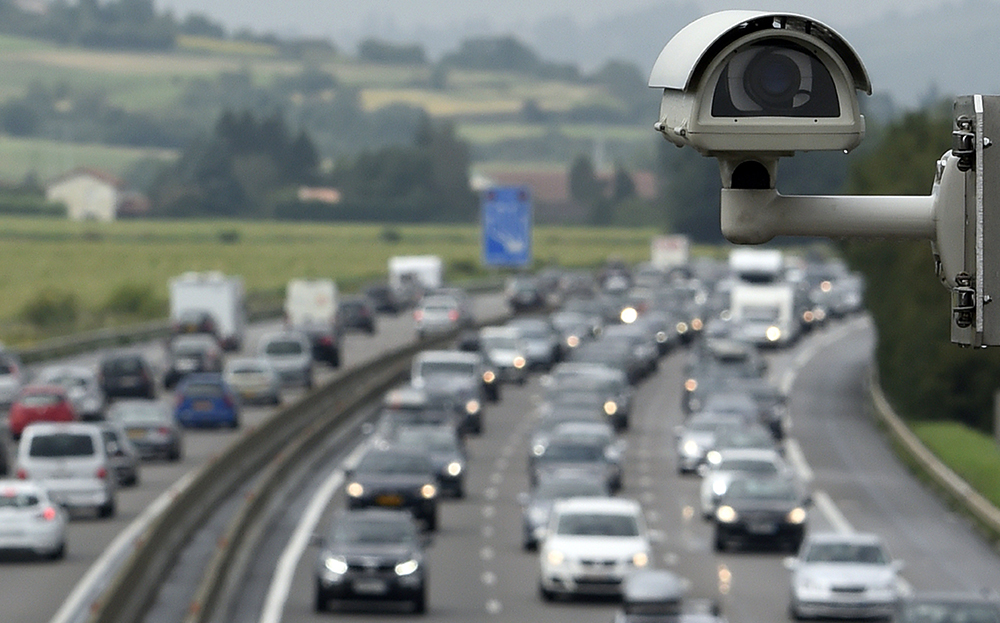Cameras could penalise motorway tailgaters
Watch your distance

FIRST THEY were used to catch speeders; then to collar drivers who crossed red lights, strayed into bus lanes or stopped in box junctions. Now cameras could be used to fine tailgating drivers.
A £79,000 contract has just been awarded by the Highways Agency to test a system that can detect drivers who travel too close to the vehicle in front. Preliminary trials are scheduled to end by May; if successful, the system is likely to get a trial run on motorways.
The agency says the aim is to cut the number of deaths and injuries on roads. In a 2010 report the Transport Research Laboratory estimated that 29% of motorway crashes were caused by tailgating.
Search for and buy used cars here
The approach is expected to gain the approval of most motorists, who will have experienced a car inches from their rear bumper, its headlights and driver glaring. Research shows more than three-quarters of drivers would be in favour.
“Close following is always aproblem,” the Highways Agency said. “It can lead to accidents and potentially fatalities. The intention is to improve safety.”
The contract was awarded shortly after the publication of a Department for Transport report revealing that the number of people killed on motorways rose from 88 to 100 last year. The increase came despite an overall fall in the number of road deaths.
The findings of a study by the AA, passed to The Sunday Times, shows a large majority of drivers are in favour of the measure.
The survey, carried out by Populus, asked 16,600 drivers whether they would support or oppose the use of cameras at the roadside or on overhead gantries to identify tailgaters; 76% were in favour.
Before a system is introduced, police and the Highways Agency will need to decide how close a driver can get to the car in front before they are warned or prosecuted. The Highway Code says drivers should allow at least a two-second gap between themselves and the vehicle in front on faster-moving roads; the trigger for the cameras is likely to be set closer to one second.
Motoring groups said the system could improve safety but would need to be used selectively to avoid drivers leaving large gaps between cars and increasing congestion.
“You have to draw a distinction between how closeness improves capacity, and safety,” said Paul Watters, head of public affairs at the AA.
“There will also have to be a way to identify innocent drivers. You leave a safe distance, and then someone cuts in front. Sometimes photographic evidence can damn the wrong person. But in general I think drivers will be supportive of the measure.”
In 2006 a tailgating system was tested on the A34 in Oxfordshire but the results were never published. In Holland and Germany video cameras calculate vehicle speed but require human operators to monitor CCTV footage and confirm tailgating. In Dubai police plan a network of 100 automated tailgating cameras, each with eight lenses. The first were installed in March for testing.
Search for and buy used cars here




